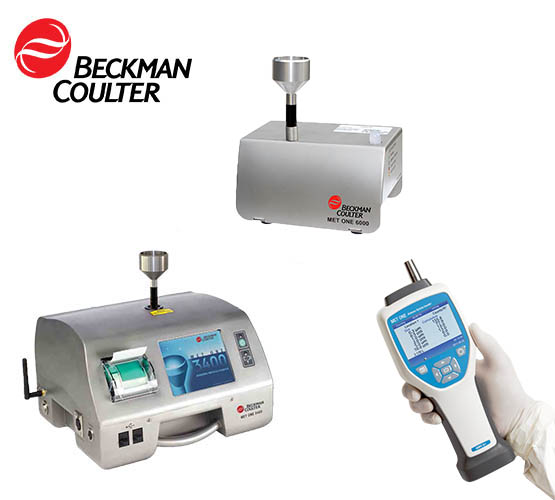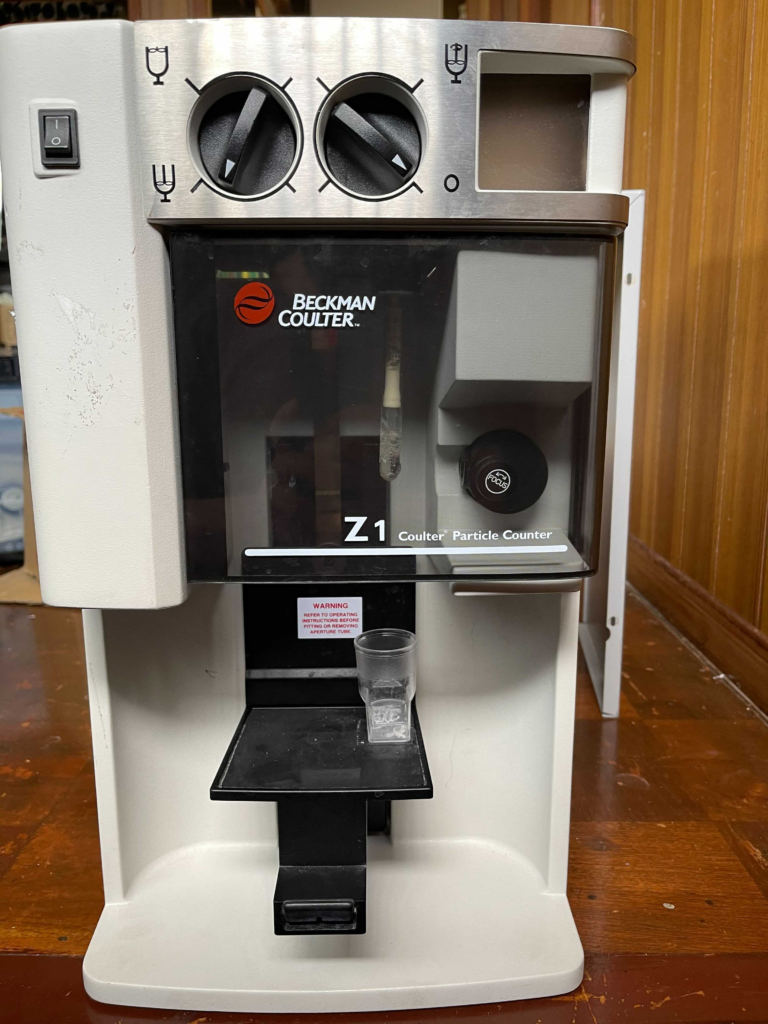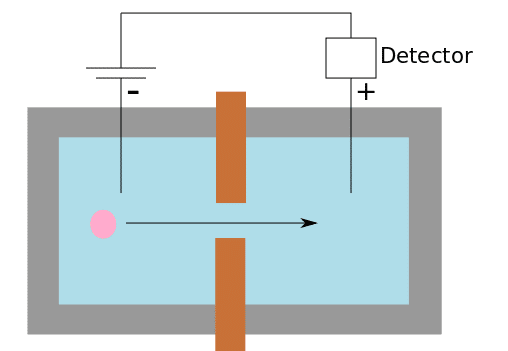
(Depending on the focus of your course, you may wish to expand to include more in-depth information at this point.) An illness or other physical ailment can alter the number of cells in your blood from normal counts.

One way to analyze blood is to count the number of red and white blood cells and platelets in a sample. How many of you have had a blood sample taken by a nurse or doctor? Do you know why a blood sample is taken? (Give students time to brainstorm, either as a class or in small groups, and share stories about having blood drawn.) Describe the basic functioning of a Coulter counter, how the original Coulter counters improved blood cell counts, and how these improvements benefited patients and medical staff.Ī basic understanding of circuits and the relationship between voltage, current and resistance (Ohm's Law) see the Assessment section for a few review questions/answers.

Describe qualitatively how a particle changes the resistance between two electrodes as it moves through an aperture and how that resistance is measured.Today, many industries use similar machines to study particle number and size, including agriculture, biotechnology, environmental testing, food and beverage production, mining, paints and coatings, petrochemicals and pharmaceuticals.Īfter this lesson, students should be able to: This method was used to create a machine, the Coulter Counter Model A, that automated the counting of red blood cells and ushered in modern hematology.


The electrical sensing zone method of particle characterization, also known as the Coulter principle, was first proposed by electrical engineers Wallace and Joseph Coulter in the 1940s. Depending on the focus of study, students can investigate the industrial and medical applications of particle detection, the physics of fluid flow and electric current through the apparatus, or the chemistry of the electrolytes used in the apparatus. Students are presented with a short lesson on the Coulter principle-an electronic method to detect microscopic particles and determine their concentration in fluid.


 0 kommentar(er)
0 kommentar(er)
